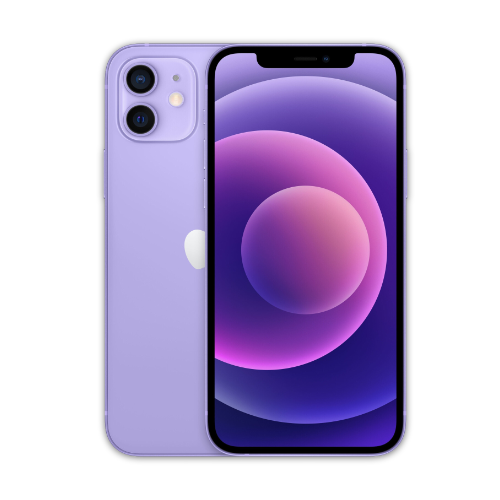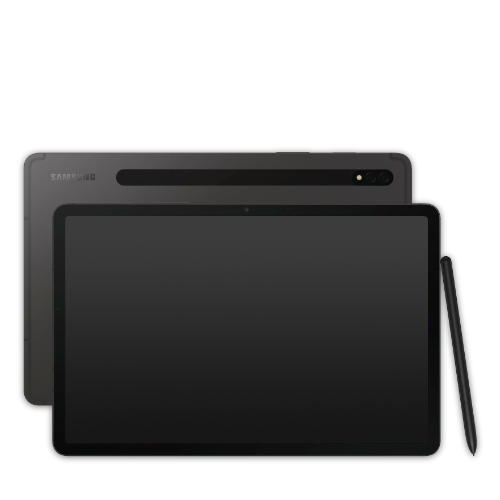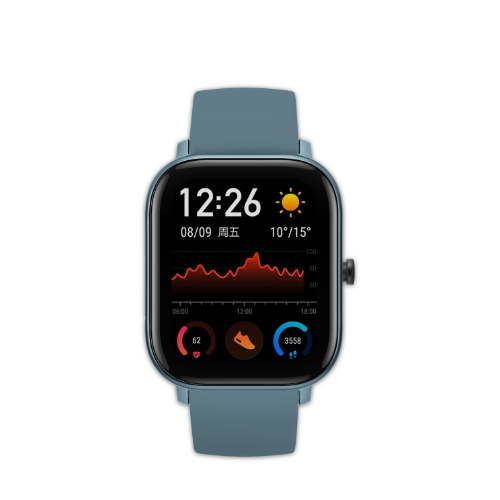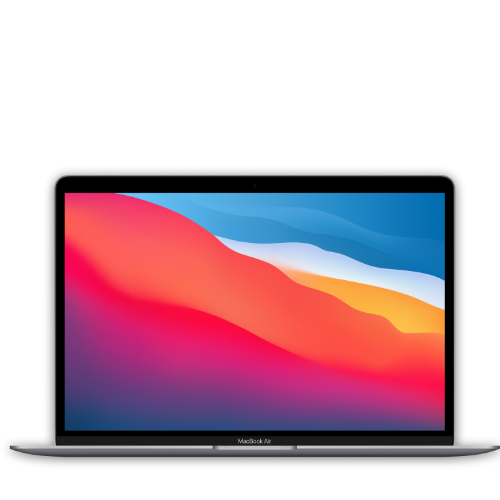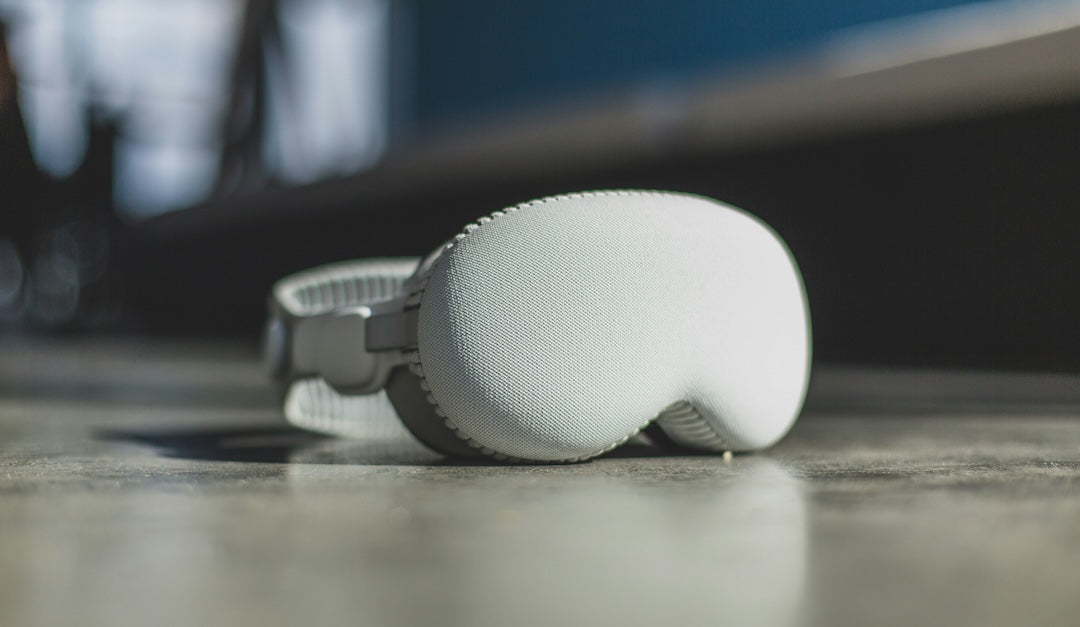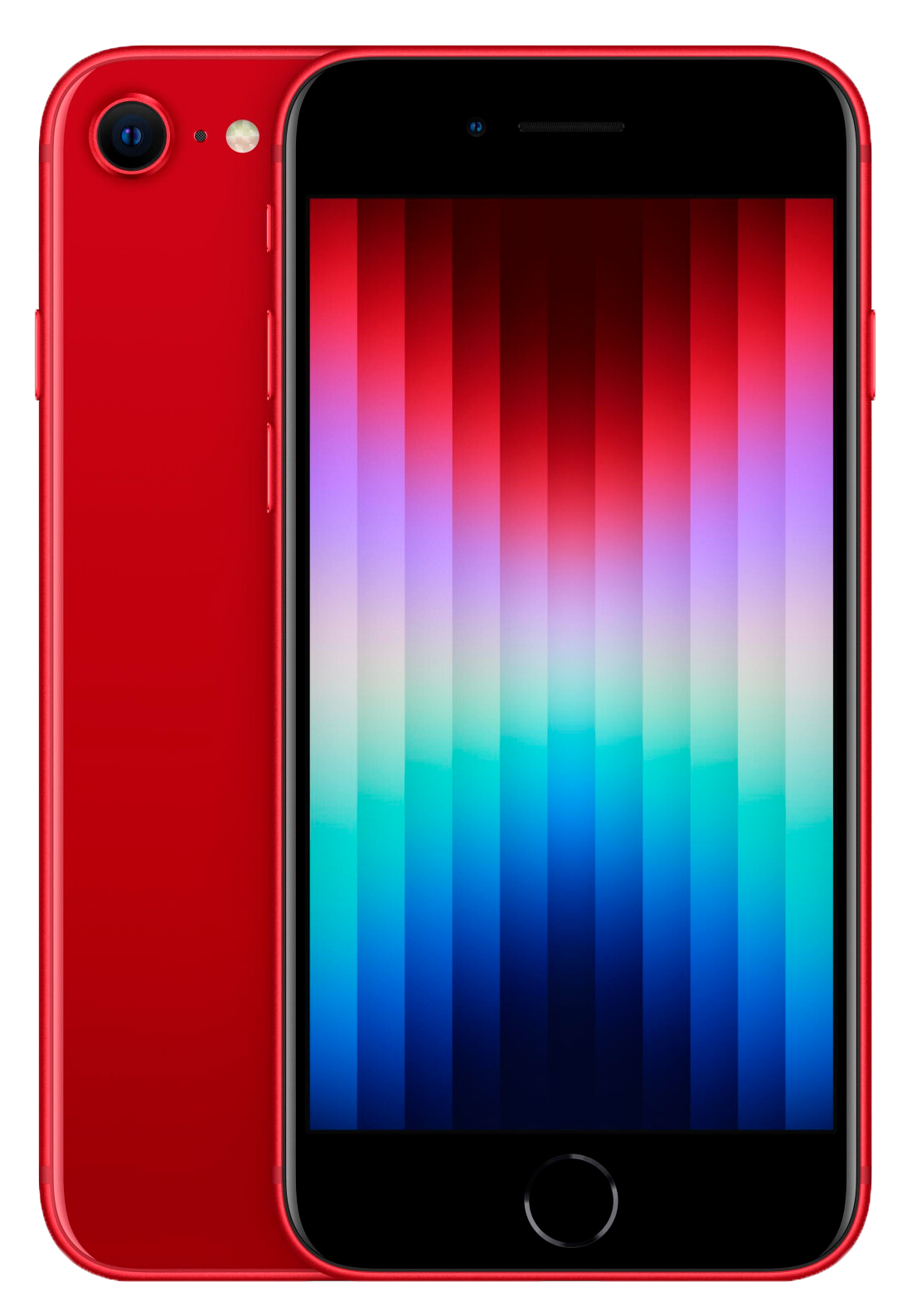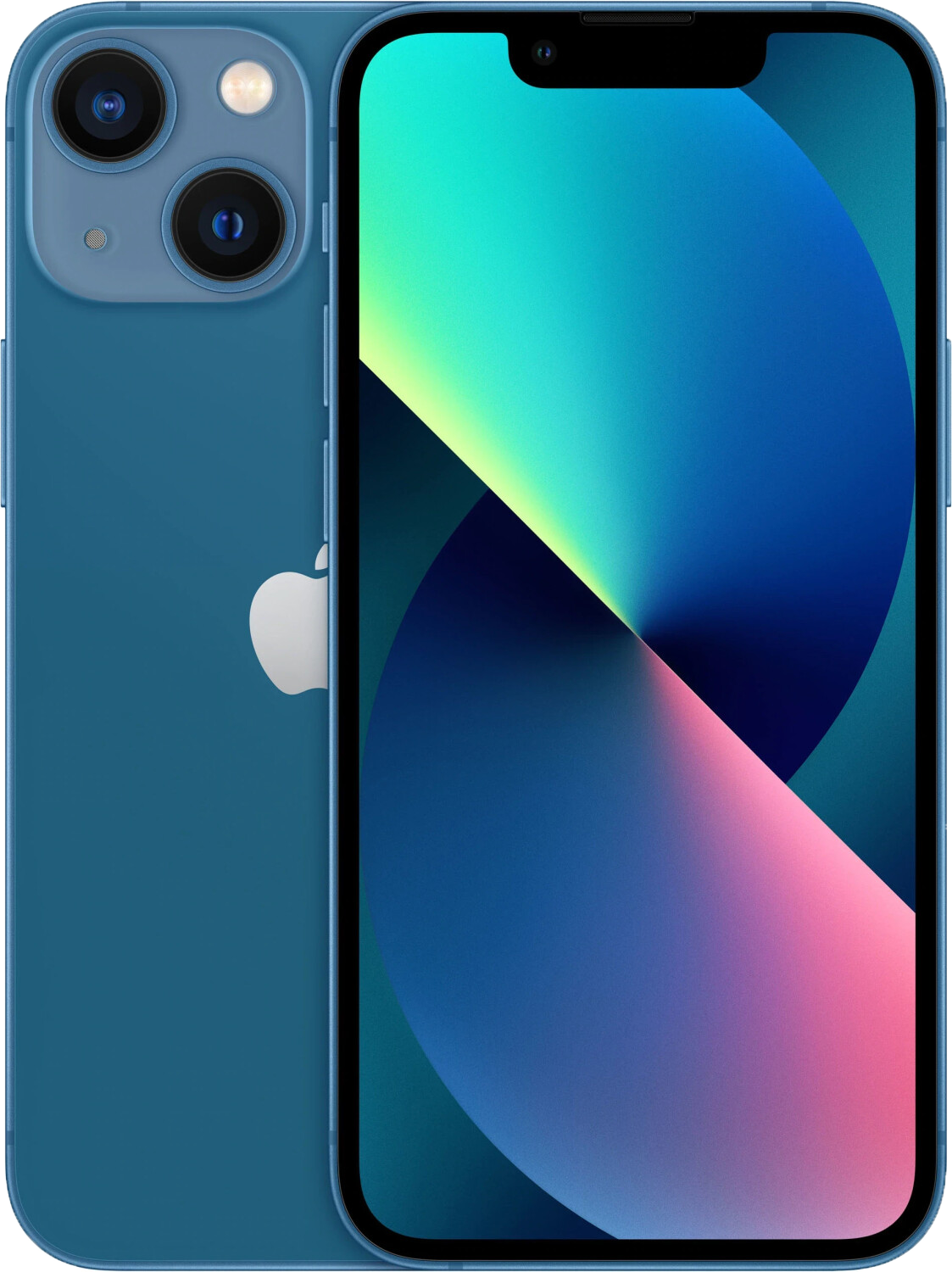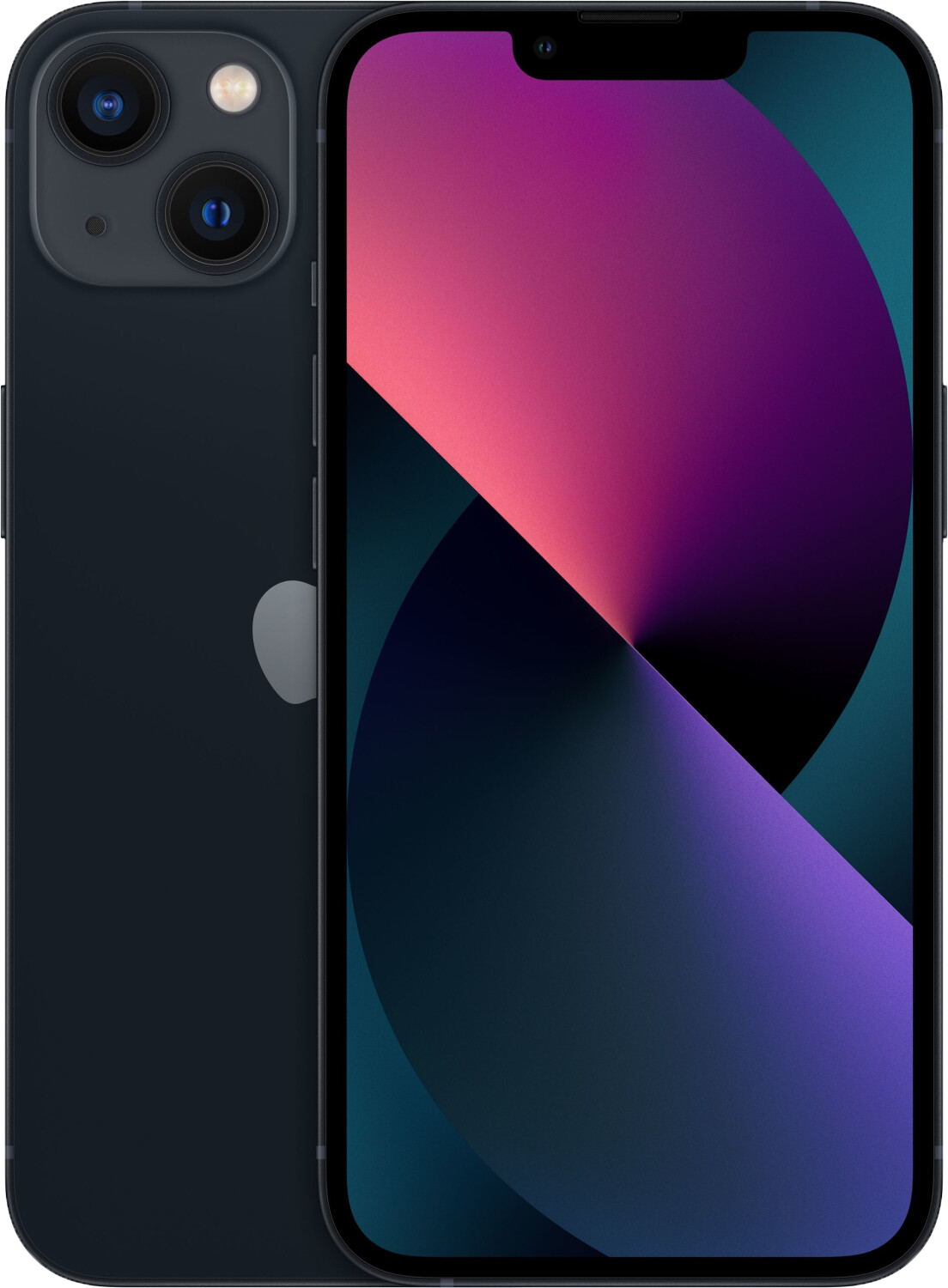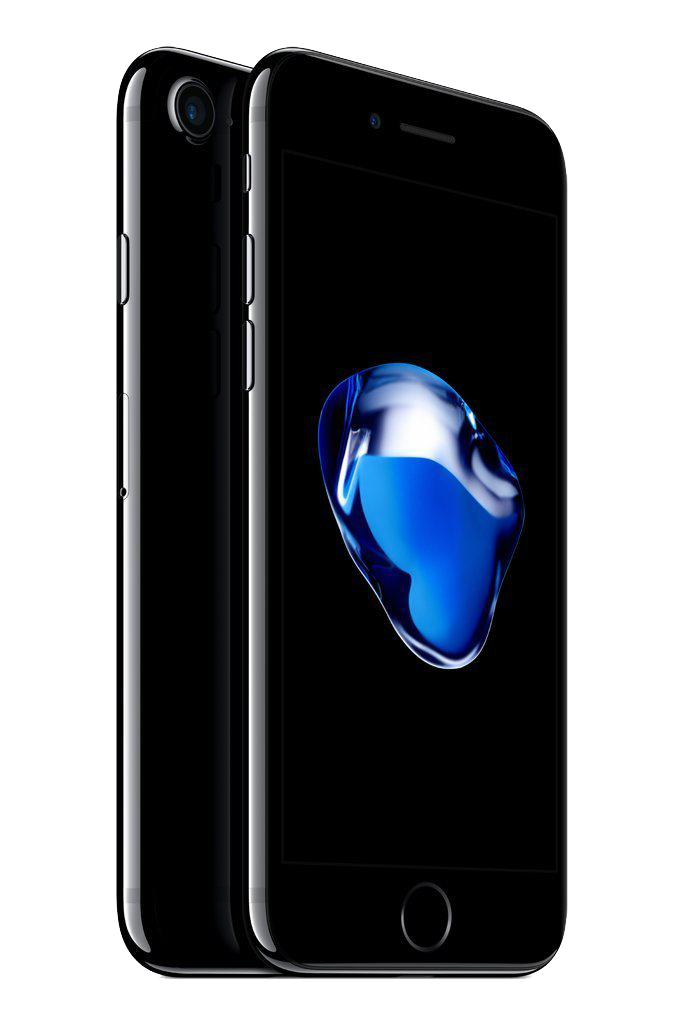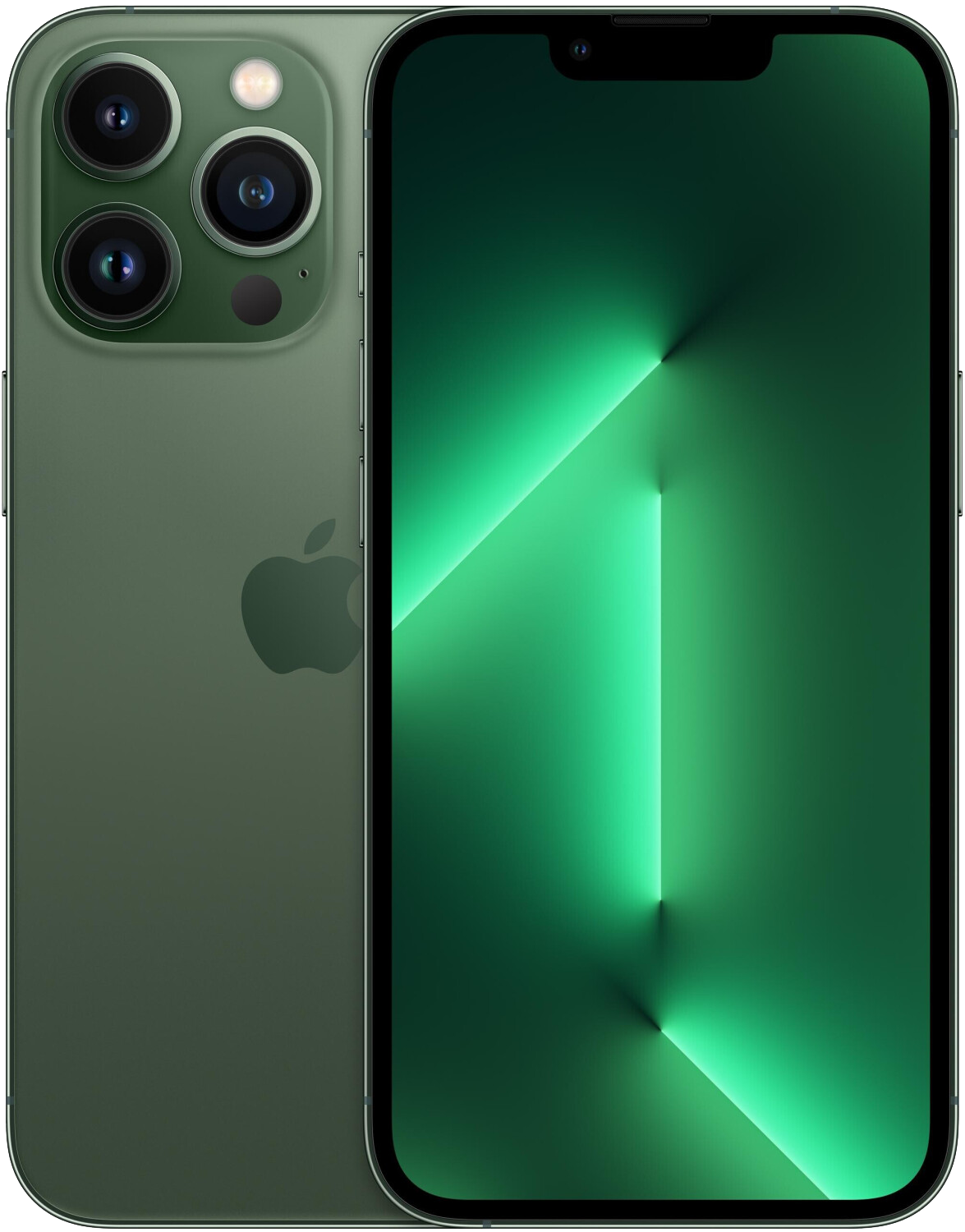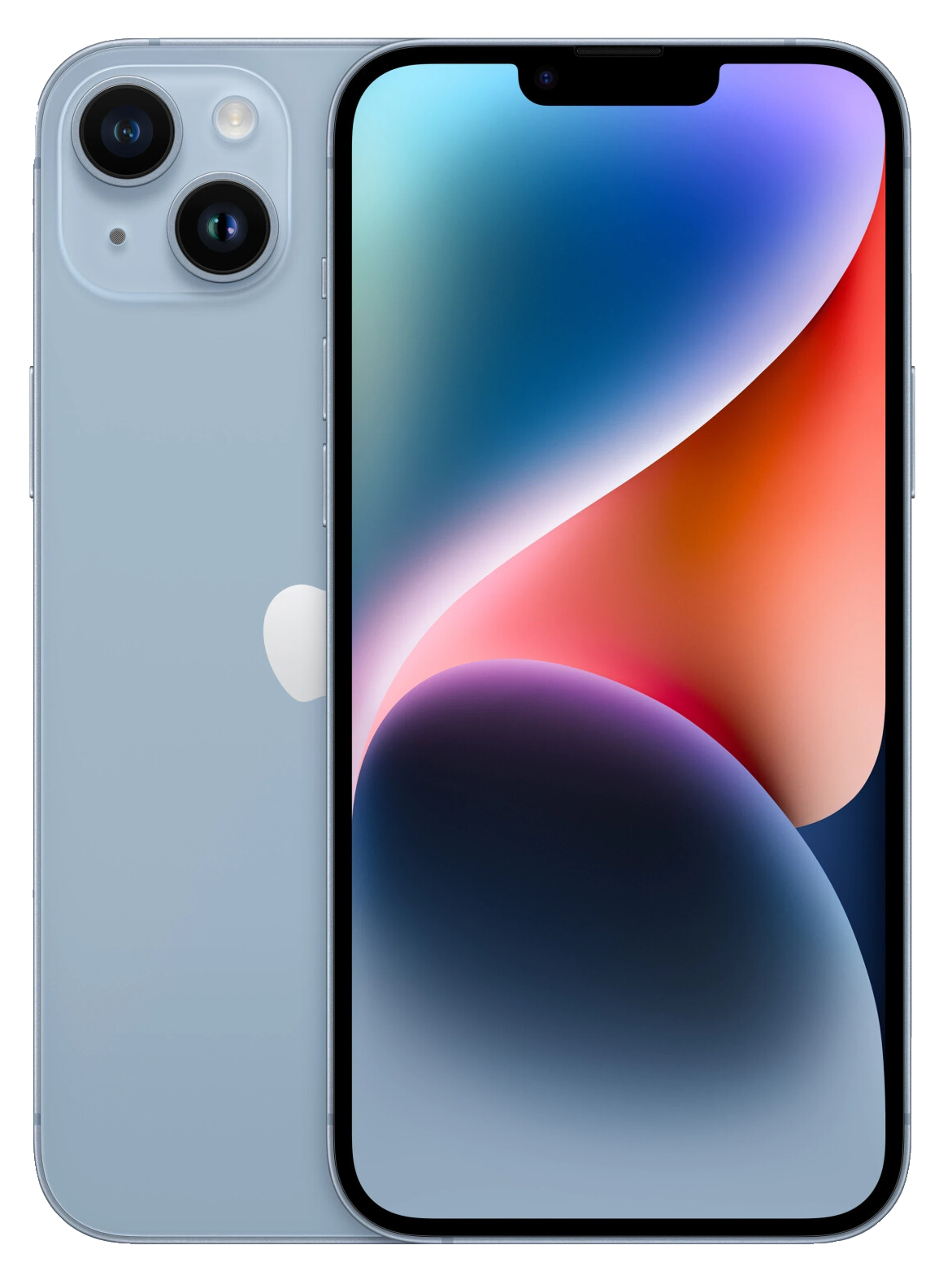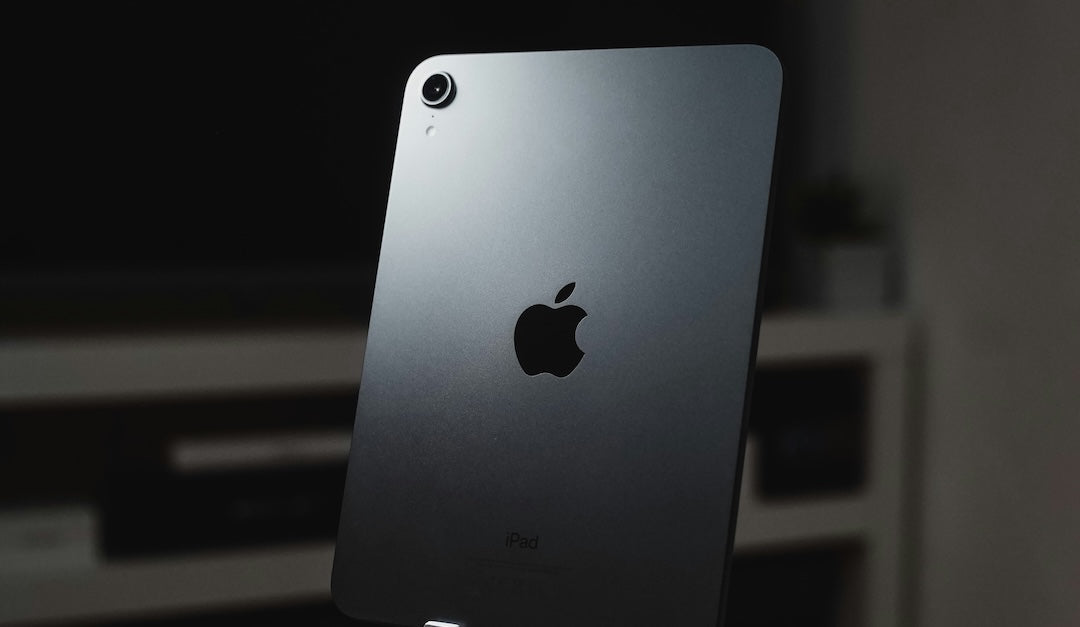Table of contents
- Introduction: The new "Apple Vision"
- When will the Apple Vision come?
- Technical details and differences to the Vision Pro
- Focus on a broader target group and competitor comparison
- What will the Apple Vision be able to do?
- Is the Apple Vision worth it?
- Conclusion: A sensible purchase?
- Suitable offers at Janado
Introduction: The new "Apple Vision"
Apple is working on a cheaper version of its mixed reality headset, the so-called "Apple Vision". This is supposed to be a budget version of the already available Vision Pro and will be available for significantly less money. But budget might not be the right word here: While the Vision Pro came onto the market with a proud price of 3,500 USD, the Apple Vision is expected to cost around 2,000 USD according to well-known Apple expert Mark Gurman. In this article, you will find out when the device could come onto the market, what it can do technically and whether it could be worth it for you.
When will the Apple Vision come?
Apple could release the new Apple Vision as early as next year, in 2025. This was reported by Mark Gurman, who is often considered a reliable source for Apple news. The team behind the Vision Pro is said to have made the development of the budget option a priority in order to appeal to a larger target group. By comparison, the next generation of the Vision Pro is not planned until 2026, but the cheaper version could be available much sooner.
Technical details and differences to the Vision Pro
The Apple Vision will be significantly cheaper than the Vision Pro. It will be priced at around $2,000, which is around $1,500 less than the Pro version. To reach this price, Apple will make some compromises in terms of hardware. This means that the Apple Vision will likely have a less powerful processor and use cheaper alternatives instead of high-quality materials such as aluminum and glass.
Users of the Apple Vision will also have to do without certain features. For example, the EyeSight display, which shows the wearer's eyes to the outside, will not be available in the cheaper version. Apple could also save on the resolution of the displays and opt for slightly larger but lower-resolution panels. Nevertheless, the device should retain the most important functions of the Vision Pro in order to offer an immersive mixed reality experience.
Focus on a broader target group and competitor comparison
The Vision Pro is undoubtedly an impressive device, but its high price and ergonomic issues have limited its appeal. It remains a niche product for tech enthusiasts and professional users. With the Apple Vision, Apple wants to bring a device to market that is affordable for more people. The Vision is designed to be lighter and cost less to reach a wider audience.
An interesting comparison can be made with Meta. Meta has already brought lighter and cheaper wearables to market with its Ray-Ban Smart Glasses, which have been well received by users. The Apple Vision could be Apple's answer to these competing products. It will be exciting to see whether Apple hits the nerve of the masses here.
What will the Apple Vision be able to do?
Despite the compromises in terms of hardware, the Apple Vision is said to retain many of the core functions of the Vision Pro.This means that users can still expect a high-quality spatial computing experience. So even with the cheaper version, you will be able to integrate virtual content into your real space and create immersive experiences.
However, performance will probably be somewhat limited due to the weaker processor. For the average user who wants to use the Vision mainly for entertainment and simple applications, this should not be a problem. Most of the important functions will be retained, and at a much more attractive price.
Is the Apple Vision worth it?
The big question is: Is the Apple Vision worth it? If you've been hesitant to buy the Vision Pro because the price was simply too high, the Apple Vision could be an interesting alternative. It's significantly cheaper, but still offers many of the exciting features that make the Vision Pro stand out.
Of course, you have to make a few compromises with the cheaper option. The materials are not as high quality, the displays have a lower resolution, and some additional features are missing. But if you just want to immerse yourself in the world of mixed reality without spending a fortune, the Apple Vision could be just the thing for you.
The Apple Vision is aimed at anyone who is curious about the future of technology but doesn't want to spend $3,500. It is ideal for users who want to get their first experience with mixed reality without investing in the absolute top model.
Conclusion: A sensible purchase?
The Apple Vision is expected to be an exciting device for anyone interested in mixed reality but doesn't want to pay the high price of the Vision Pro. At around $2,000, it's still not a bargain, but it offers a more affordable way to experience the world of immersive technology. It retains the most important features of the Vision Pro while cutting out unnecessary extras to bring the price down.
Another thing that could increase the appeal of the Apple Vision is the development of more apps for the Vision platform. With a broader user base, it will become increasingly attractive for developers to develop new and innovative applications for the Vision. This could mean that in the coming years we will see a variety of new apps that are specifically tailored for use with the Apple Vision. More apps mean more ways to use the device in everyday life - be it for entertainment, productivity or even education. This growing app development could make the Apple Vision an even more versatile and attractive device that impresses not only with its hardware but also with a rich and diverse app ecosystem.
For tech enthusiasts looking for a cheaper alternative to the Vision Pro, the Apple Vision could be just the thing. If you're willing to sacrifice some features, you'll still get a powerful mixed reality device that offers you fascinating experiences. Whether it's worth buying ultimately depends on your needs and budget.

